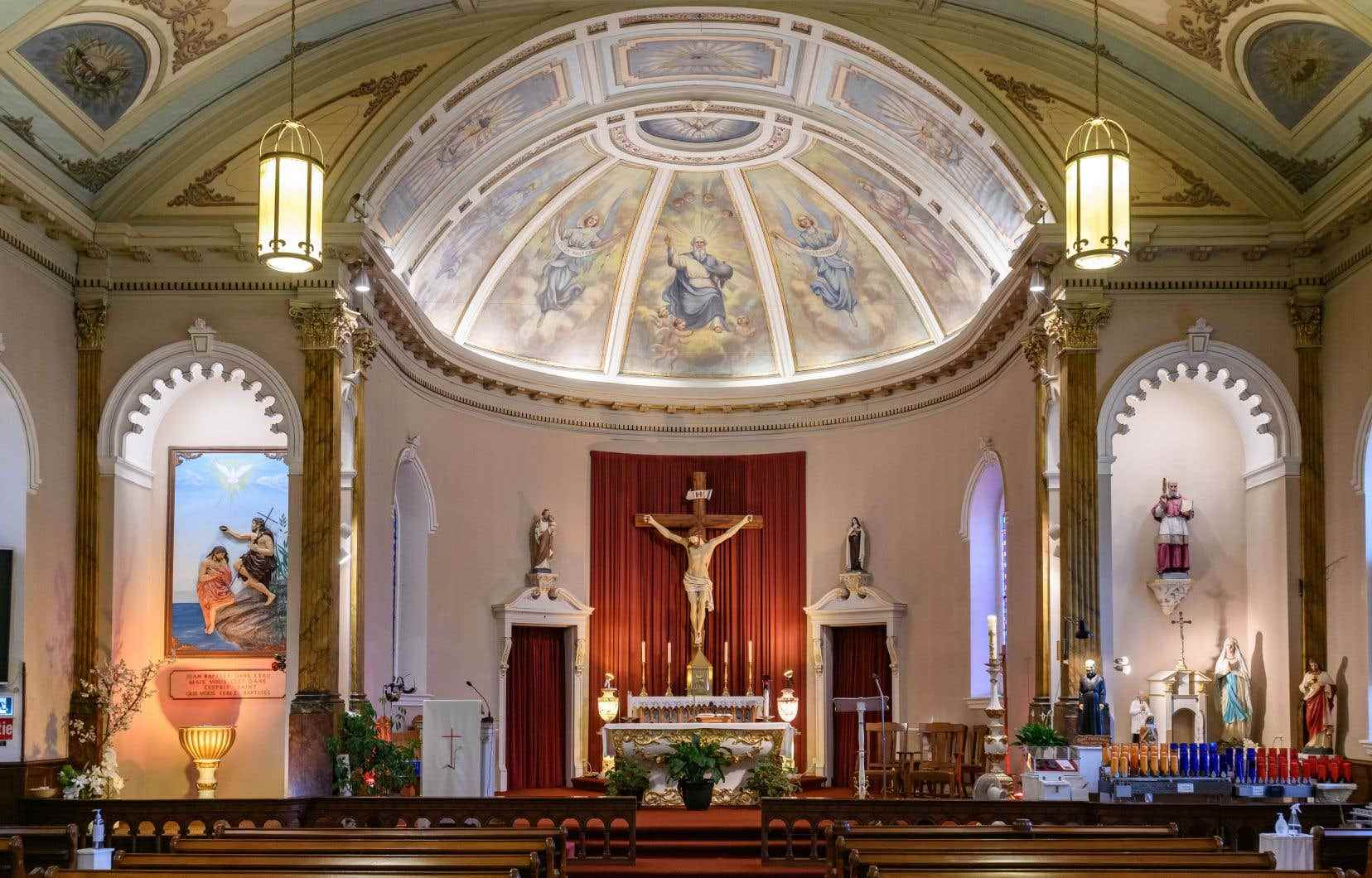This text is part of the special section Discovering our history
Ville de Laval has some forty places of worship of various denominations and traditions. Raising public awareness and showcasing the extraordinary heritage spread across Laval territory, such is the mission of the Society for the History and Genealogy of Île Jésus.
“The religious heritage is a little abused. This is why it is necessary to create long-term links with the communities, to safeguard it,” explains Jasmin Miville-Deschêne, director of the Laval Archives Society and the History and Genealogy Society of Laval. île Jésus, mandated to promote the participation of Laval places of worship in Religious Heritage Days.
Ana Manescu, urban planner and coordinator at the heritage management of the art and culture division of the City of Laval, is of the same opinion. “It’s an important first point of contact with communities,” she says. We hope that places of worship want to open their doors beyond this event. »
Ville de Laval is particularly keen to promote the representation of the diversity of its places of worship during Religious Heritage Days. Very multicultural, especially in the Chomedey district, this welcoming land has 28.5% of its population from immigration.
Discover the heritage of the island
With the Browse Laval app, developed in 2015 for the 50e anniversary of the City, it is already possible to discover the old village cores through circuits. To improve the offer, Maude Trottier, art historian and project manager at the Historical Society, went to meet the people responsible for places of worship during the summer. These rich discussions made it possible, at the same time, to evoke the Religious Heritage Days.
“It’s very human work,” says M.me Trottier, who notably exchanged with the director of the Islamic Cultural Center of Laval. It was exciting to understand his conceptual and material project, which is very precise. Thus, the art historian discovered a desire not to display explicit religious motifs outside the center, that is to say, the ornamental symbols were chosen for their neutrality. She was also impressed by the amount of community activities organized in non-Catholic settings.
another history of art
“As a general rule, one cannot describe Laval’s religious heritage as being very flamboyant,” emphasizes Jasmin Miville-Deschêne. Its agricultural and resort past and its modernity make it less noticeable. Of 42 places of worship listed on the island, 31 were erected after 1945. However, if some buildings do not seem exceptional from the outside, they contain architectural and artistic details that are worth seeing.
Certain liturgical works also represent an opportunity to get to know local and lesser-known artists despite their significant contribution. “Religious heritage days are important, because they make it possible to make known another history of art”, indicates Maude Trottier.
At the Saint-Léopold church, the sculptures and furnishings by Gaétan Therrien are representative of the entire history of vacationing that took place on Île Jésus at the end of the 19th century.e century. “Inside, there is a kind of preserved intimacy and a fairly strong community spirit,” she continues.
The heritage of the Saint-François-de-Sales church also contains a rich heritage. This is the first parish on Île Jésus, although the church has been rebuilt several times. You can admire a decoration painted by T.-X. Renaud, a very rare original work, while most have disappeared in the flames of a fire. There is also a crucifix by Olindo Gratton and a polychrome relief by René Beauvais, dit Saint-James.
Modernity often mixes with the old, especially on the Stations of the Cross like that of Alfred Pellan, at the Saint-Théophile church. “It breaks the prejudices that religious art is a bit high-sounding,” comments Maude Trottier. On the contrary, there are a lot of artistic and technical innovations. »
Preserving Consciousness of the Archive
Through its mandate, the History Society also wishes to help communities in the processing of their own archives. If some are well classified in the vaults, others are non-existent. “There is an urgent need to document. We sometimes need to go directly to oral sources or parish documents,” says Ms.me Trotier.
This meticulous work leads to some nice surprises. “There is a black virgin in the church of Saint-Maurice-de-Duvernay, but we did not know who had signed it, says the art historian. Until the day when, during a meeting, the person in charge of the place put forward the hypothesis that it could be a work of Norma Blass, the mother of the renowned Canadian sculptor Valérie Blass. We found out that was indeed the case. Maude Trottier does not hide her joy at having been able to establish this link, recalling the importance of being interested in the religious heritage which, in many respects, is still alive.
However, if some buildings do not seem exceptional from the outside, they contain architectural and artistic details that are worth seeing.
